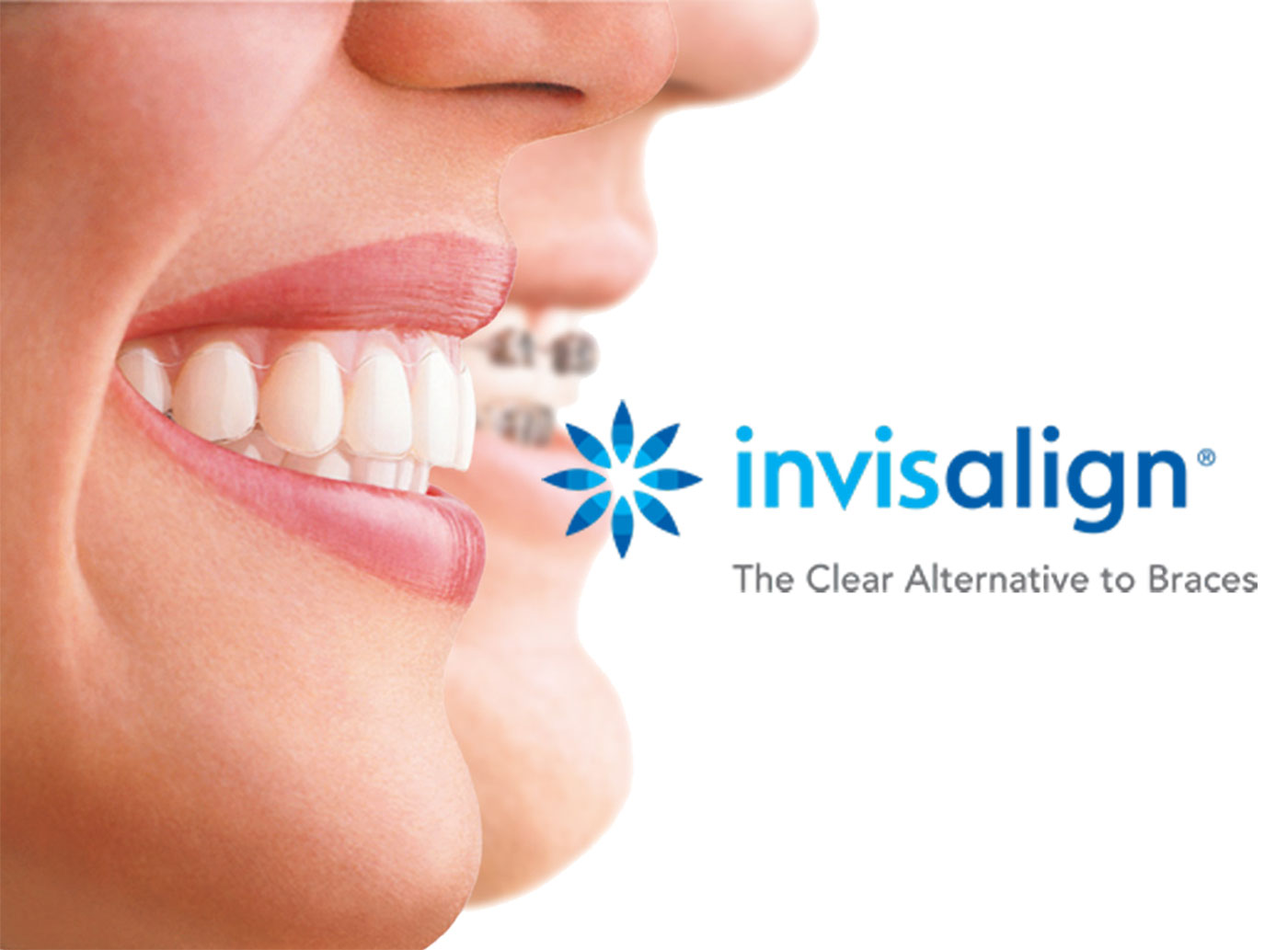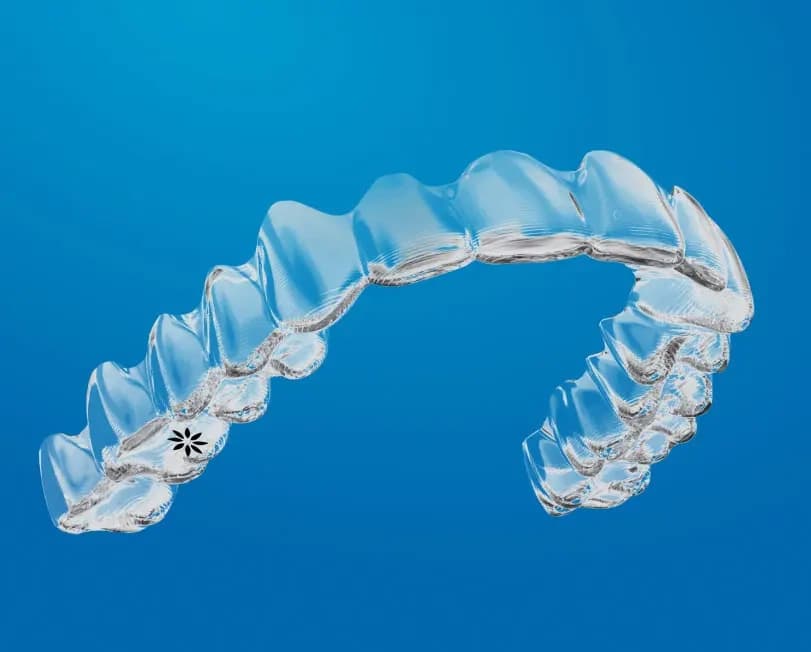How Invisalign Works: Your Overview to Clear Aligners and Their Effectiveness
Invisalign vs. Standard Braces: Which Option Is Right for You?
When taking into consideration orthodontic therapy, the selection between Invisalign and typical braces presents several crucial variables that merit mindful analysis. Invisalign supplies a discreet alternative with removable aligners, while traditional braces offer a much more noticeable yet reliable remedy for severe imbalance.
Overview of Treatment Options

In comparison, conventional dental braces contain steel braces and cords that are bonded to the teeth. This approach applies continual stress with time to accomplish placement. While efficient for complex orthodontic issues, traditional dental braces need normal sees for changes and can position obstacles in preserving oral health due to the problem of cleansing around braces and cables.
Both choices have their advantages, and the selection typically hinges on details dental conditions, way of life preferences, and individual compliance. Inevitably, seeking advice from an orthodontic professional is important for determining the most suitable therapy strategy customized to specific demands. Comprehending the nuances of each alternative can significantly influence the overall success of orthodontic treatment.
Visual Factors To Consider
A significant element affecting the selection between Invisalign and typical dental braces is the aesthetic allure each treatment provides. Invisalign aligners are crafted from clear plastic, making them basically unseen when used.
On the other hand, typical braces are composed of steel braces and cords, which can be extra obvious. While improvements in orthodontic modern technology have resulted in the development of smaller braces and tinted elastics, traditional dental braces still maintain a more obvious profile. For some people, the visibility of dental braces might prevent them from seeking needed treatment.
Inevitably, the selection between Invisalign and typical braces might rest on personal choices relating to visual appeals. People that focus on discernment often lean towards Invisalign, while those that are much less concerned concerning visibility might choose for standard dental braces. Understanding the aesthetic implications of each alternative is critical for making an informed choice that lines up with one's way of life and choices.
Comfort and Convenience

In regards to ease, Invisalign aligners are removable, allowing find more information people to appreciate their favorite foods without limitation and maintain optimal oral health. Brushing and flossing are simplified, as the aligners can be secured during these routines, whereas conventional dental braces need careful navigating around cords and braces.
In contrast, traditional braces demand normal changes, making them much less practical for those with active routines. In general, the comfort and ease of Invisalign make it an enticing option for numerous individuals seeking orthodontic therapy.
Therapy Duration and Effectiveness
While both Invisalign and conventional dental braces work in dealing with dental misalignments, the duration of treatment can vary dramatically between both alternatives. Generally, Invisalign treatment can take anywhere from 12 to 18 months, depending on the complexity of the situation. The clear aligners function by slowly changing teeth right into their preferred settings, and normal Recommended Site follow-ups with an orthodontist assistance make certain progression remains on course.
In contrast, standard braces usually need a longer dedication, normally ranging from 18 months to three years. This is due to their set nature and the usage of wires and brackets, which can be more effective for intricate situations and serious misalignments (Invisalign). The treatment performance of standard dental braces is well-documented, as they allow for accurate changes and greater control over tooth motion
Eventually, the selection between Invisalign and conventional dental braces may depend upon both the anticipated treatment period and the particular oral problems at hand. Consulting with an orthodontist is crucial, as they can give tailored recommendations based on specific demands, guaranteeing the picked method aligns with preferred outcomes and durations.
Cost Contrast and Insurance Options
Expense plays a considerable function in the decision-making process for individuals considering orthodontic therapy, whether choosing for Invisalign or standard dental braces. Generally, the price of Invisalign varieties from $3,000 to $8,000, while traditional dental braces commonly set you back between $2,000 and $6,000. Aspects affecting these expenses consist of the complexity of the case, the duration of therapy, and geographical area.
Insurance policy coverage can substantially impact out-of-pocket expenditures. Lots of oral insurance plans provide partial insurance coverage for orthodontic treatments, yet the specifics can differ widely. It is essential for patients to evaluate their insurance policy plans to YOURURL.com establish the degree of insurance coverage for either alternative. Usually, standard braces may be more often covered by insurance plans contrasted to Invisalign, which some insurers categorize as a cosmetic treatment.
Additionally, several orthodontic methods offer versatile settlement plans, making both therapy alternatives much more easily accessible. Individuals should make inquiries concerning potential funding alternatives and price cuts for in advance payments. Evaluating the overall expense, including insurance coverage benefits and layaway plan, is vital for making a notified decision that lines up with both visual preferences and budget plan factors to consider.

Verdict
In recap, the option in between Invisalign and traditional dental braces depends upon multiple variables, including aesthetic choices, convenience, treatment period, and cost. Invisalign provides a very discreet, removable option that facilitates dental health and nutritional flexibility, while conventional dental braces may be preferable for intricate dental problems and typically come with a reduced price point. Inevitably, consultation with an orthodontist is necessary to assess private scenarios and figure out one of the most suitable therapy choice for achieving optimal oral placement.
When taking into consideration orthodontic therapy, the option between Invisalign and conventional dental braces presents several crucial aspects that merit careful examination.Comparing Invisalign and conventional braces exposes distinctive treatment choices for orthodontic modification.While both Invisalign and standard dental braces are efficient in dealing with dental misalignments, the duration of therapy can differ significantly between the 2 options.Price plays a significant role in the decision-making procedure for people thinking about orthodontic treatment, whether choosing for Invisalign or typical dental braces.In summary, the selection between Invisalign and typical braces hinges on multiple factors, consisting of aesthetic choices, convenience, therapy period, and price.